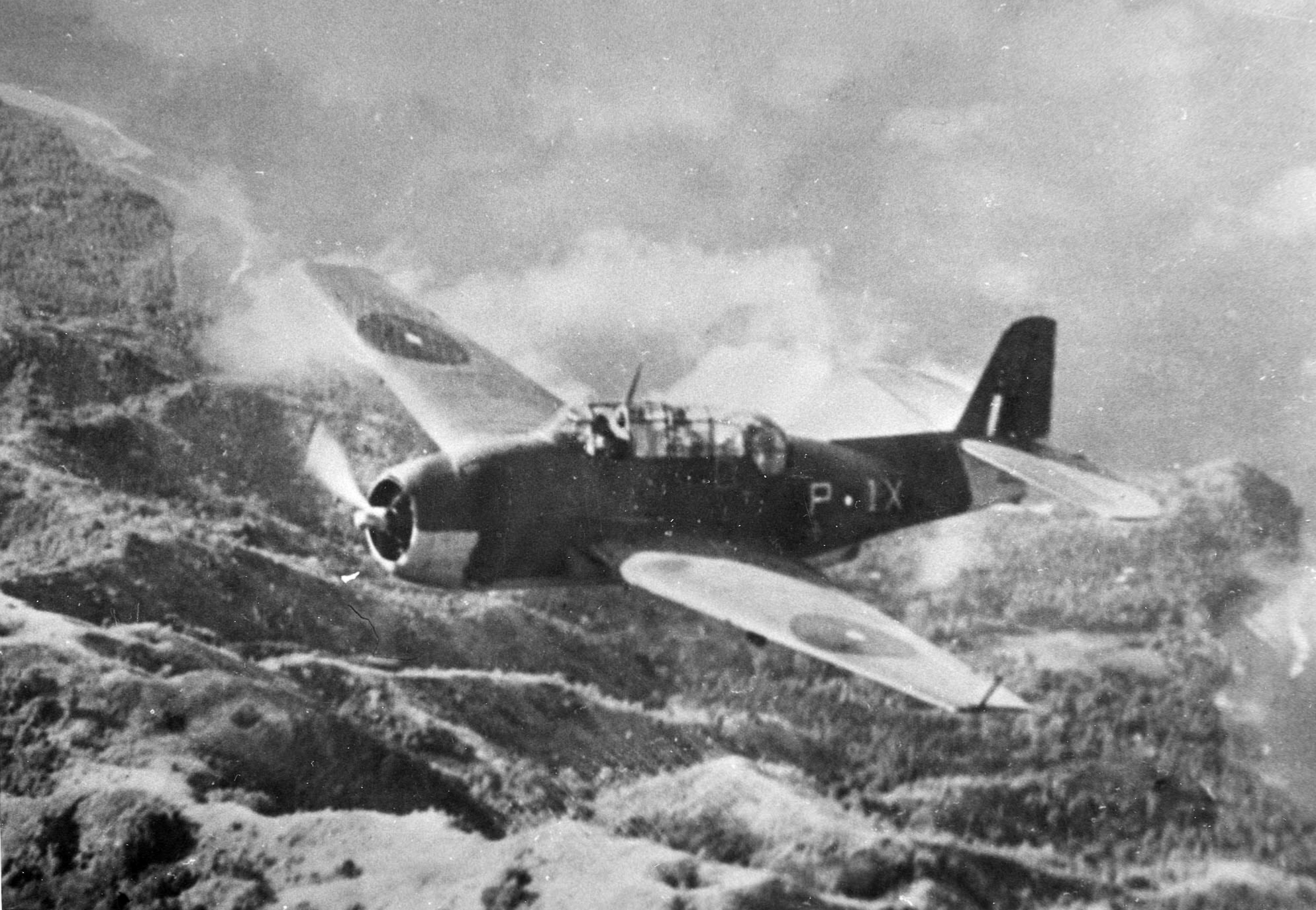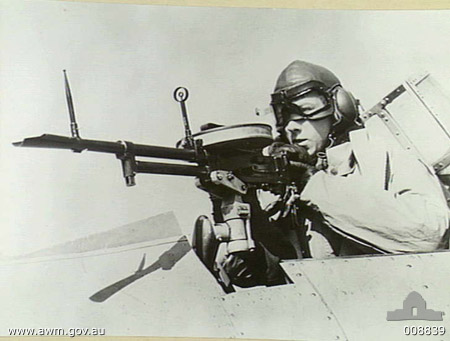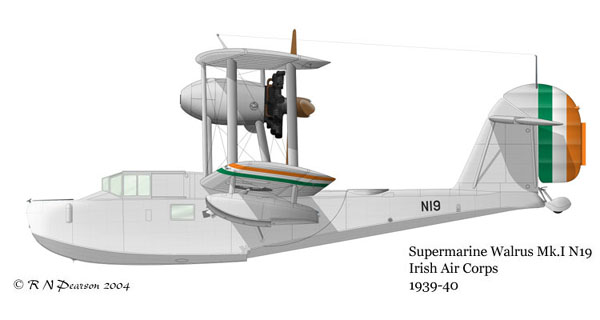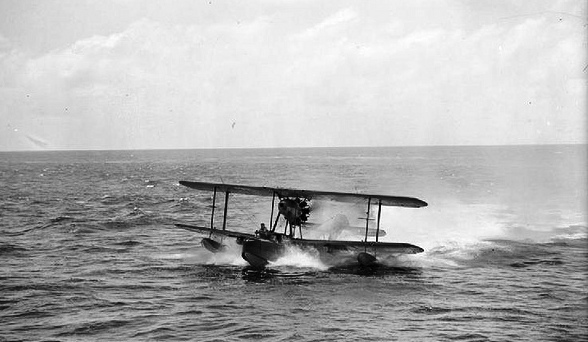Designed in the early 30's for Australia the Seagul V was to be a catapult launched flying boat used by the larger capital units to spot for gunnery. The first test model was flown in 1933, where Superamine's test pilot surprised everyone at the display by looping the aircraft. The aircraft was slow, and barely armed with only a pair of .303 Vickers K guns. In Royal Navy and RAF usage it gained the name its more commonly known as, the Walrus.
One story of the Walrus comes from the Norway campaign. HMS Suffolk launched its Walrus' to spot for its gunners as it bombarded a shore target. However as she was under the risk of submarine attack she was unable to retrieve the planes. Both planes were forced to fly back to Britain. The five hour flight ended with one of the planes landing and running out of fuel on the runway.
The next remarkable story concerning the Walrus comes from Ireland. In 1939 the Irish Air Corps had three Walrus delivered and used them for maritime patrol. One plane, No 18, had a interesting time, whilst being delivered it was forced down in heavy seas in the Irish Sea causing damage to the wings. Unable to fly, it was then towed into port by a local fishing boat and lifeboat. Once in port it was loaded onto a truck and driven to its final destination at Dublin. At Baldonnel Aerodrome it was repaired and put back into service.
Over Cornwall things started to go wrong with the plan. They were spotted by a flight of RAF Spitfires. The RAF planes escorted the Walrus to St Eval, where the crew were arrested and the plane placed under guard. Both the plane and crew were returned to Ireland, where the airmen were court-martialed. Alan Thornton received a 16 month jail sentence.
No 18 continued to serve with the Irish Air Corps until 1945, then it was sold into civilian use. In 1946 she was put up for sale again, and brought by the Royal Auxiliary Air Force as a runabout, where they used her to fly to the coast with bathing parties. Finally she was retired and left on a dump until she was eventually rescued in 1963. She then ended up at the Fleet Air Arm Museum at Yeovilton.
1942 also saw the last successful air attack by a Walrus. On the 11th of July an Italian submarine was attacked near Cyprus and sunk. From then on the Walrus continued to serve as air sea rescue and patrol aircraft. On 10th of August 1945, a Walrus was sent to rescue a downed New Zealand pilot near Japan. The Walrus searched for hours until it finally saw the pilots life raft. However the long search caused the Walrus to run out of fuel and it had to set down some distance away. What the Walrus crew didn't know was that the New Zealand pilot had already been rescued by a US Submarine. When the submarine saw the shape of the Walrus chugging through the skies they hadn't believed anything that looked like that could be friendly and crashed dived to avoid the supposedly Japanese air craft.
The Walrus crew were picked up later by a destroyer. The pilots name was Pilot Officer Bruce Ada, an Australian who was in service with the Royal Navy and based upon HMS Victorious.
Earlier in the year Pilot Officer Ada had carried out a much more daring rescue. During the battle of Okinawa Sub Lieutenant John Gass was a navigator in an Avenger bomber over Miyako island. His plane was hit by a heavy AA Shell, which struck right under his seat and caused the Avenger to burst into flames.
 |
| Avenger from HMS Victorious |
Then Pilot Officer Ada and Sub Lieutenant Marshall appeared in their Walrus. Chugging along at its heady speed of about 130mph they landed about half a mile from the drifting and exhausted Sub-Lt Gass. Pilot Officer Ada then began to slowly taxi through the deadly reefs that littered the area. The Japanese on the shore then began to fire their heavy AA guns at the ponderously moving Walrus. Sub-Lt Marshall was manning one of the Vickers K guns, and started to bombard the shore line. The Walrus eventually made it to the downed flier who was promptly hauled aboard, While Pilot Officer Ada taxied out through the reef Sub-Lt Gass was given first aid and brandy.
After returning to HMS Victorious, the Royal Navy queried the pair if they had opened fire on the island. Pilot Officer Ada's response was
"No we threw coral at them."
The message received by Pilot Officer Ada from Rear Admiral Denny, who was the captain of HMS Venerable, the carrier Sub-Lt Gass’ Avenger was based upon read slightly different. It said:
"We are most grateful for such a fine rescue”






No comments:
Post a Comment